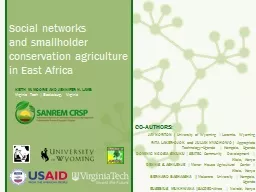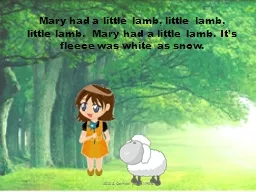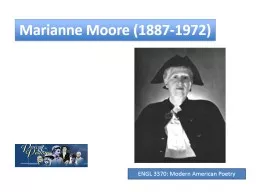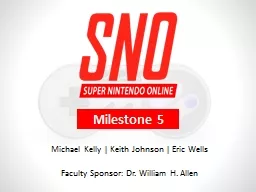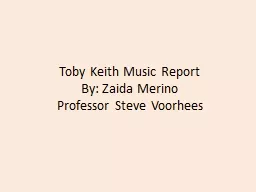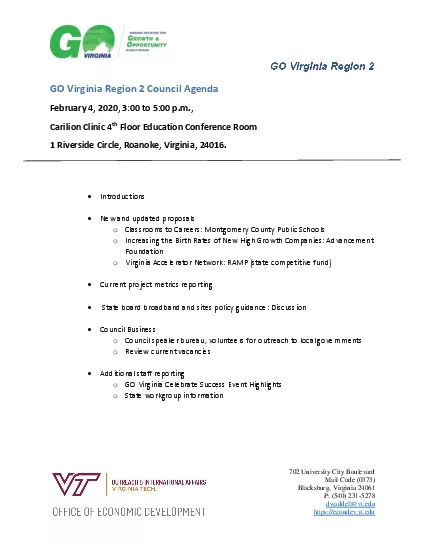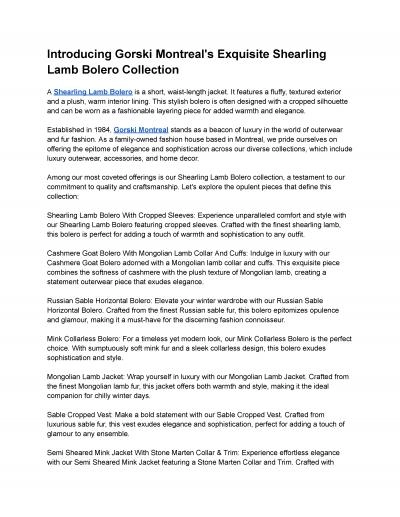PPT-KEITH M. MOORE AND JENNIFER N. LAMB Virginia Tech | Blacksburg, Virginia
Author : olivia-moreira | Published Date : 2019-11-02
KEITH M MOORE AND JENNIFER N LAMB Virginia Tech Blacksburg Virginia COAUTHORS JAY NORTON University of Wyoming Laramie Wyoming RITA LAKEROJOK and JULIAN NYACHOWO
Presentation Embed Code
Download Presentation
Download Presentation The PPT/PDF document "KEITH M. MOORE AND JENNIFER N. LAMB Vi..." is the property of its rightful owner. Permission is granted to download and print the materials on this website for personal, non-commercial use only, and to display it on your personal computer provided you do not modify the materials and that you retain all copyright notices contained in the materials. By downloading content from our website, you accept the terms of this agreement.
KEITH M. MOORE AND JENNIFER N. LAMB Virginia Tech | Blacksburg, Virginia: Transcript
Download Rules Of Document
"KEITH M. MOORE AND JENNIFER N. LAMB Virginia Tech | Blacksburg, Virginia"The content belongs to its owner. You may download and print it for personal use, without modification, and keep all copyright notices. By downloading, you agree to these terms.
Related Documents

